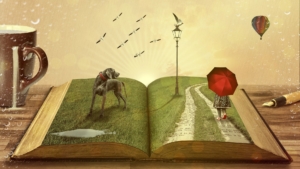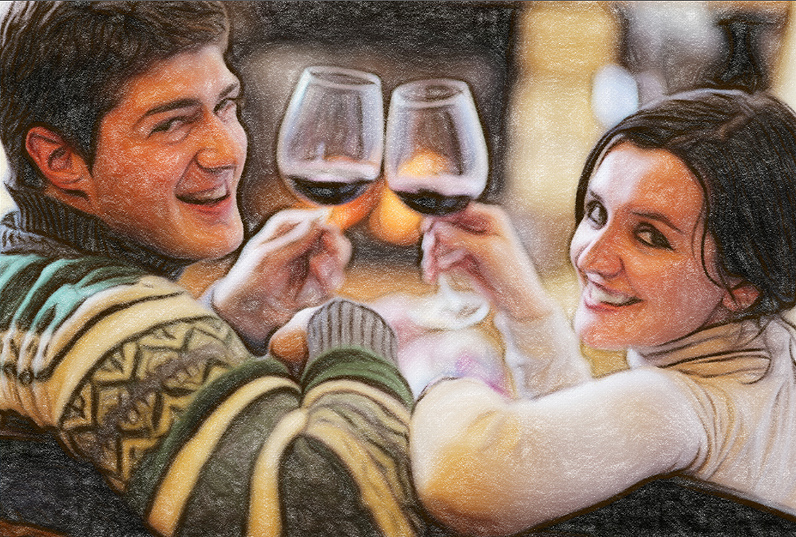Bird watching at 65 miles per hour
Bird Watching is Like Writing
Yes, texting while driving can be dangerous to your health. If you’re not watching the road, looked down at your cell phone, the best that would happen is that you land in the ditch. Distractions caused disasters. That is something we all know. Then, why do we allow ourselves to become distracted?
Most of the time I drive down the highway I find myself distracted. For me, I like to count birds every year. I have this desire to count different bird species. This is a fascination I had ever since I was a teenager. I’ve created lists of different species each year and watch the list grow when I see a new bird. This strong desire could prove difficult while I drive on the highway.
Well, hey, what if a bird flies in front of me? What if I see a bird through my side window? If I look in the rearview mirror and see no cars followed behind me, I will put on the brakes, slow to stop, get out my binoculars and look. And if need be, I would back up the car on the highway to get a better view.
Why do I do this? Is it just me?
What are the personalities of your characters in your stories? You know what they’re all about? For me, my behavior process shows a persistent, maybe close to obsession. What do your characters like to do? Why do they do these things? How obsessed are they?
When I was a teenage bird watcher, I spotted my first redheaded woodpecker. I was with friends. The bird flew into an occupied campground. Two men, who owned that site, sat on their lawn chairs, enjoyed the scenery and the nice weather.
“Excuse me,” I said and walked in without invitation and looked through the binoculars up the tree to see the bird. They smiled and allowed me to watch. When the woodpecker flew away, I walked back to my friends. They looked at me as if I was nuts.
“What?” I asked.
“You just walked into another campground just to see that bird? They looked at you as if you were some kind of stupid.”
What’s my character in this situation? I became determine despite onlookers who thought I was an oddball? All I wanted to do is to see something important. No harm, no foul. What was the character of my friends? Reserved, with no inner strength, to take chances for something they wanted?
One of my favorite movies was ‘The Big Year’. It stars three dynamite male actors obsessed with bird watching. Though the film, I understood because I also found myself in trouble when I count birds.
Let’s get back to storytelling. Someone told me that stories are stories about people. Writers create the story as they go along. Each came from different upbringing. Their back-stories help makes the character come to life, and with more realism. And/or how they would hinder the process of the story, the plot line? What resulted from their actions?
Maybe I’m not the best example for a character in your story. It is true. You can find your character by watching your friends and colleges. Like the birds of the world, each species has characteristics specific to them. This is the same as humans. If one example does not fulfill your character’s personality and traits, then mix and match. A little of what he is and what she does is the heart of your story. Maybe he slammed on the brakes just to look for birds. If you find yourself behind him, just slow down and go around. It’s what all writers have to do to make their character’s characteristics fit.
Tell everyone about your stories. Show them where they can buy your novel. Lure them in. More…
Need more help brainstorm the character traits in your story? More…
Don’t forget to edit your colorful character’s story. Do you use too many adverbs? Are you using the right words to describe them? More …
Start Writing Now – This book is for the dreamers who say one day they will write their stories and become a writer. Then they forget their dreams of writing. But they can write now – write those stories now. I mean right now.
How Not To Write A One Star Novel – Do you want to create a five star novel? Learn from other writers’ mistakes and prevent yourself from receiving any one star reviews for you hard work. Here is your free e-book.










